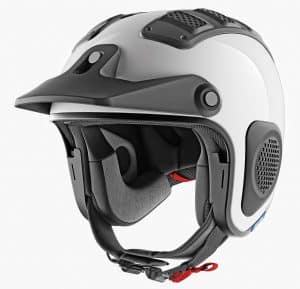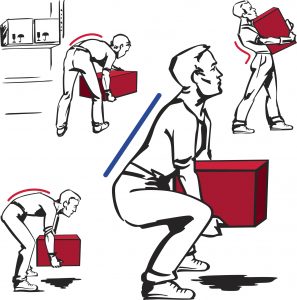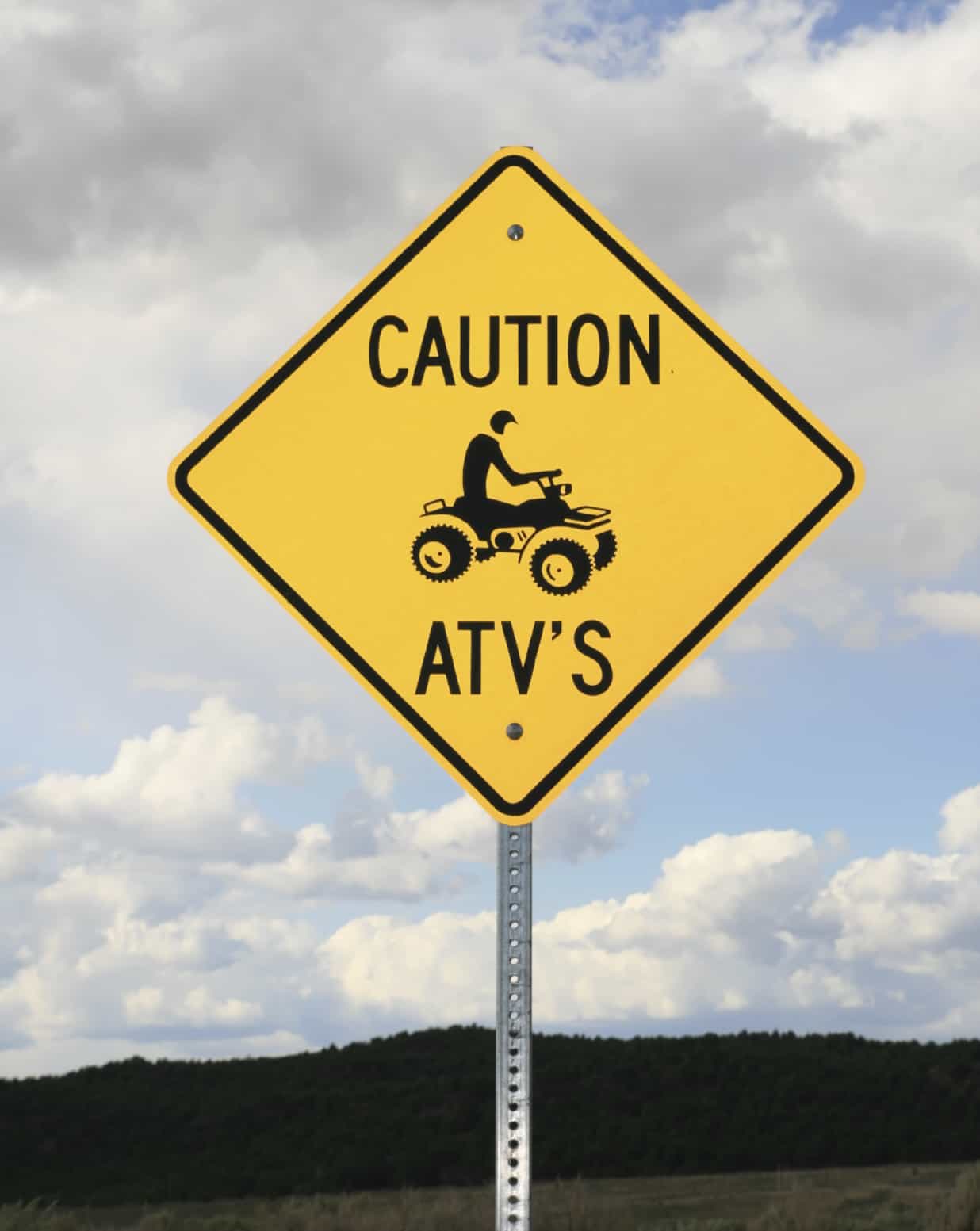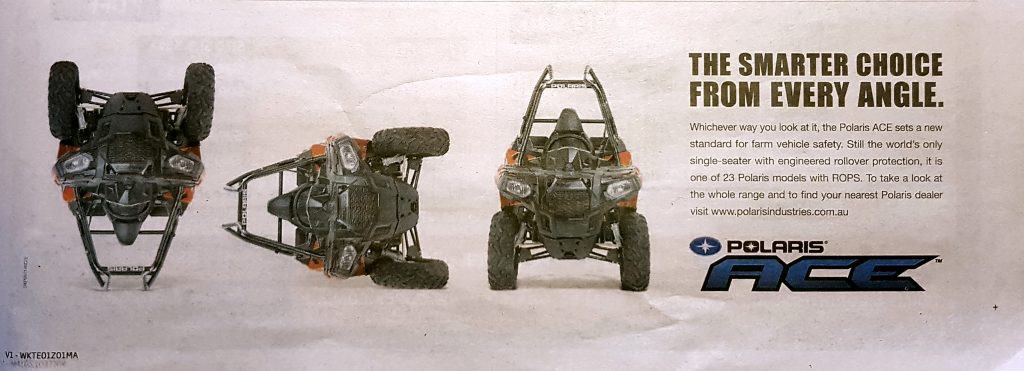As a companion piece to SafetyAtWorkBlog’s recent article on quad bike safety it is worth looking at the latest hardcopy edition of The Weekly Times, an influential agricultural newspaper in Australia. It is useful to look at how quad bikes are being depicted in the advertising and some of the content, as online versions have different adverts. The content will vary, of course, from edition to edition but a snapshot sample is interesting.
Category: design
Quad bike safety gets messy – disagreements, Supreme Court writs and stars
 Over the last couple of weeks in Australia, the arguments over the safety of quad bikes (sometimes called All Terrain Vehicles (ATVs)) has become messy. The National Farmers’ Federation (NFF) is in favour of Operator Protection Devices (OPDs) but the Victorian Farmers’ Federation (VFF) is not. Doctors and farmers are calling for a five-start safety rating for quad bikes. One researcher says such a scheme is ready to go. The manufacturers’ industry representative, Federal Chamber of Automotive Industries (FCAI) says no it’s not but here’s a new helmet to wear.
Over the last couple of weeks in Australia, the arguments over the safety of quad bikes (sometimes called All Terrain Vehicles (ATVs)) has become messy. The National Farmers’ Federation (NFF) is in favour of Operator Protection Devices (OPDs) but the Victorian Farmers’ Federation (VFF) is not. Doctors and farmers are calling for a five-start safety rating for quad bikes. One researcher says such a scheme is ready to go. The manufacturers’ industry representative, Federal Chamber of Automotive Industries (FCAI) says no it’s not but here’s a new helmet to wear.
Around all of this is remarkable silence about legal action launched against the Victorian occupational health and safety (OHS) regulator, WorkSafe, by Honda, Yamaha, Suzuki, Kawasaki and BRP over WorkSafe’s interpretation of a legal safety duty.
All the while farmers in some States are continuing to access generous safety rebate schemes. Continue reading “Quad bike safety gets messy – disagreements, Supreme Court writs and stars”
Evidence says don’t rely on manual handling training as it doesn’t work
 Everyone knows the safe lifting techniques – keep your back straight, keep the load close to your body and bend your knees – because they have done the proper training. Well scrap that training! According to new guidance from Workplace Health and Safety Queensland (WHSQ):
Everyone knows the safe lifting techniques – keep your back straight, keep the load close to your body and bend your knees – because they have done the proper training. Well scrap that training! According to new guidance from Workplace Health and Safety Queensland (WHSQ):
“The research evidence shows that providing lifting technique training is not effective in minimising the risk of injury from manual tasks.”
Latest quad bike safety advice is more measured
 SafeWorkSA has released a series of single page safety advices on a range of occupational health and safety (OHS) topics including the use of quad bikes in agricultural workplaces. The information included and the tone used indicates that the debate over quad bike safety may be settling.
SafeWorkSA has released a series of single page safety advices on a range of occupational health and safety (OHS) topics including the use of quad bikes in agricultural workplaces. The information included and the tone used indicates that the debate over quad bike safety may be settling.
The advice is clear and concise with some new safety perspectives but there are a couple of odd elements. The advice does say that the suitability of a quad bike should be assessed prior to purchasing but doesn’t suggest alternatives. These options should be expanded elsewhere on SafeWorkSA’s website or farming publications. Continue reading “Latest quad bike safety advice is more measured”
Does accessing government assistance need to be so hard?
Nothing is ever easy in farming. Several Australian States have introduced a rebate scheme to help farmers improve the safety of the quad bikes so the vehicles, also inaccurately called All Terrain Vehicles (ATV), should be made safer. The argument over safety has persisted for many years and has resulted, most recently, in rebates for safety improvements provided by the government. However, two States – Victoria and New South Wales – have different processes to accessing these rebates and the NSW process seems to deter farmers from applying for the rebates.
 The Victorian Government’s rebate scheme is administered through WorkSafe who provides a Frequently Asked Questions which is simple and clear. The dates of activity are listed and, primarily, proof of purchase is the main document for eligibility. Victorian farmers can obtain a rebate for:
The Victorian Government’s rebate scheme is administered through WorkSafe who provides a Frequently Asked Questions which is simple and clear. The dates of activity are listed and, primarily, proof of purchase is the main document for eligibility. Victorian farmers can obtain a rebate for:
“$1200 for the purchase of an alternate vehicle such as a side-by-side vehicle (SSV) or a small utility vehicle (SUV). The alternate vehicle must be designed for use in agriculture and at point of sale have rollover protection and a fitted seatbelt. Sport vehicles and small commercial vehicles, such as utes, are excluded.
Up to $600 for the purchase of up to two operator protection devices (OPD). The OPD must have been designed and manufactured in accordance with approved engineering standards and independently tested to be eligible for the rebate. There are currently two OPD devices that meet this criteria and are eligible for the rebate. They are the Quadbar™ and the ATV Lifeguard.”
The NSW process is funded by SafeWork NSW with a complex set of terms and conditions. The purchase options seem narrower but the major difference in the two rebates schemes is New South Wales’ insistence that farmers must attend an “educative interaction”. According to a SafeWork NSW FAQ farmers are required to:
- “get along to a Farm Safety Day run by SafeWork NSW or one of its program partners
- visit the SafeWork NSW stand at an Agricultural Field Days
- request a free on-farm Workplace Advisory Visit and we will come to you
- attend one of the 100 training events being offered by Tocal College.”
SafetyAtWorkBlog has been told that farmers find this to be condescending and are suspicious of SafeWork NSW’s intentions, particularly in relation to the “free on-farm Workplace Advisory Visit”. Such visits are likely to be SafeWork NSW’s preferred option as there are only a limited number of Field Days available every year. WorkSafe Victoria does not insist on educative interactions as part of the rebate scheme which increases NSW framers’ suspicions.
The Federal Chamber of Automotive Industries (FCAI) recently released a new video to support its claims that Operator Protection Devices (OPD) or Crush Protection Devices (CPD) “are not the answer“. The FCAI has been out of step with the issue of quad bike safety for many years and it is difficult to sympathise with its position when governments are “endorsing” OPDs through rebate schemes.
The FCAI’s position seems to be shortsighted as the rebates are encouraging farmers to apply a Gordian Knot solution to the bickering over quad bike safety. Both the NSW and Victorian rebate schemes encourage farmers to purchase side-by-side vehicles (SSV) which, due to the framework over the driver, have no need for the OPDs on offer. SSVs are more expensive than quadbikes but can be seen as endorsed safer options by the regulators of safety in each of the States.
Having dug in to a contrary position of additional safety measures on quad bikes, the FCAI is getting more out of step with the regulators’ positions and the safe desires of farmers and farming families. But perhaps criticising the FCAI is unfair, after all, it is a body representing the interests of automotive manufacturers. Generations have grown up equating motor vehicle manufacturing with safety, ever since “Unsafe at Any Speed” was published in the 1960s, but the FCAI seems different. It has its own definition of workplace safety that is not in step with government or safety regulators.
Farmers, like all business operators, need to decide for themselves who they trust more for their own safety – regulators or salespeople.
Knowledge remains power, even in the age of robots
A recent safety convention in Australia had as its theme “Disruption”, a fashionable term that can mean many things to many people. Perhaps why it is a marketer’s dream word. The initial session of the convention was unnerving because speakers were saying that the current jobs and activities of safety professionals will be undertaken by artificial intelligence in a decade. This change is not a coordinated strategy but bits and pieces of this change/threat keep appearing, the latest was in The Guardian on 25 September 2016 in an article called “You’d better listen up“.
That article, ostensibly about headphones included this workplace application:
“Bragi has recently announced a partnership with IBM where it hopes to deliver the massive processing power and cognitive capacity of the Watson AI system via its devices. At the moment, it is exploring how these capabilities could be employed in the workplace. For example, maintenance workers could describe an issue, Watson recognises the problem and talks them through the solution – without their having to refer to manuals or computers, keeping their hands free for the repair. Similarly, doctors could get help with recognising rare conditions and their conversation with a patient would be recorded and saved to the cloud for their records.”
The safety benefits of this contraption is obvious – a manual on call and responsive to vocalised questions. As anyone with a Glaswegian accent trying to set up voicemail in Australia will know, vocal recognition still has a long way to go unless the world is able to be un-Babelled and speak with one accent. (Please not Australian, as artificial intelligences (AI) would struggle with the constant answering of “Yeah – Nah”) Voice recognition software has needed long hours of training to be functioning at a basic level.
Thankfully that tech challenge can be left to the technologists. What is more important, and could provide safety professionals with a future, is the back-end of the application of Watson. Any AI needs knowledge so that the advice it provides to the user/listener/engager is accurate and relevant to the situation, literally, at hand. AIs will not create their own knowledge, at least in the short term, and so will rely on safety professionals and others to provide the knowledge to the software.
Safety professionals are unlikely to provide knowledge of a specific process but will likely be called on to add value to the mechanical work activity or discussion. Occupational health and safety (OHS) is likely to be one of the assessment criteria used by the AI. For instance, in the response to the work activity quoted above the maintenance worker will want to know how to do something. The OHS contribution to the AI’s response would be to ensure that the task is undertaken safely, in a safe environment or with the suitable protective equipment or the correct tool.
The convention was shown video of an AI that verified that workers were dressed appropriately for the work conditions before allowing access to site. This would replace those OHS consultants who like to be safety police but the situation described in the video was understandable. There are rules for specific PPE prior to entering a workplace with hazards that could be reduced by wearing the PPE. No PPE, no site access. The argument in favour of AI applications would be that the safety professional could attend to more important activities. The sad reality is that some safety professionals rely on this type of activity to give their jobs worth.
The reality of AI in OHS cannot be avoided. Those who advocate for disruption argue that disruption provides opportunities for the creative, the agile and the clear thinkers but it is also the case that many safety professionals will be left behind like Neanderthals to Hom (OHS) Sapiens.
Law firm’s report provides important safety contexts
Law firms have been producing newsletters and case summaries for a long time. Ostensibly these are for marketing purposes but occupational health and safety (OHS) professionals have benefited from these potted histories and examinations, even though the perspectives are often limited to the legal precedents. Over the last few years though, law firms have been…


